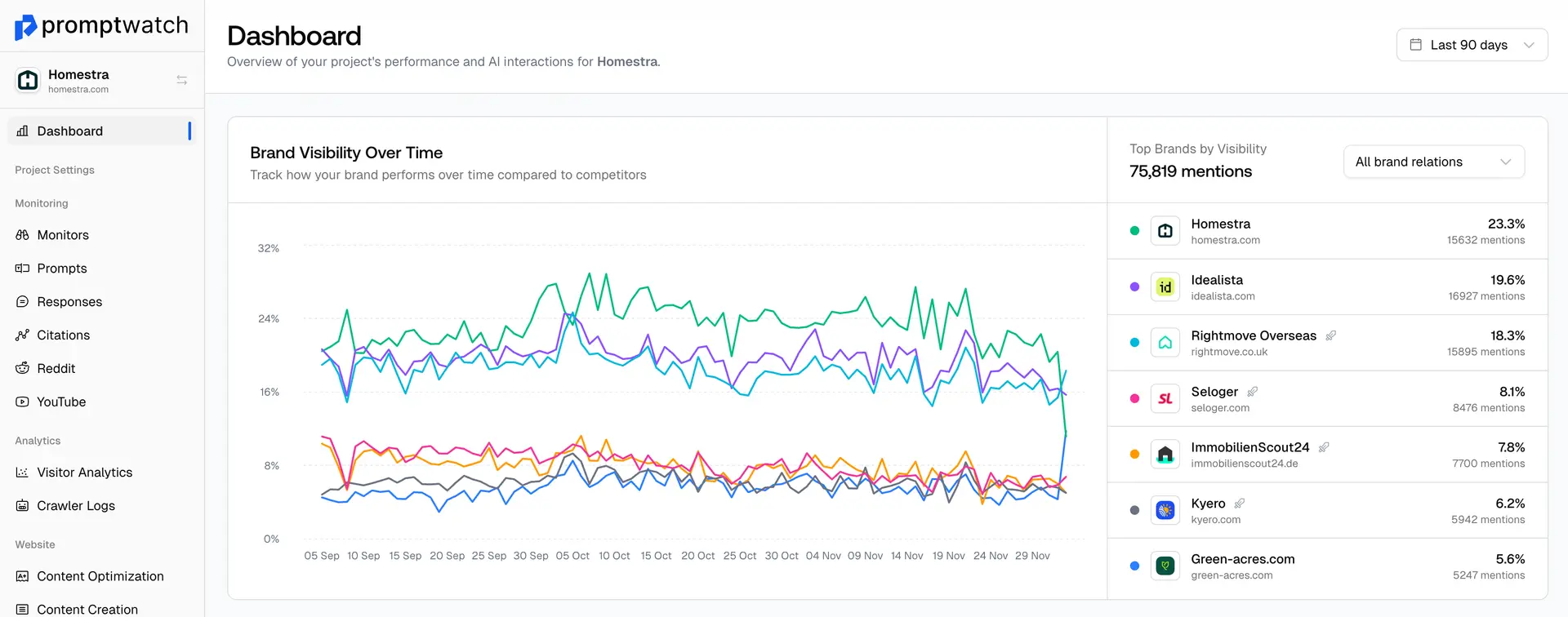Definition
Multimodal Search Optimization is the strategic practice of optimizing content that combines multiple media types—text, images, audio, and video—for AI systems that can process and understand different content formats simultaneously. This optimization approach recognizes that modern AI systems increasingly handle multimodal content, requiring strategies that work across different media types.
Unlike traditional SEO which focuses primarily on text content, multimodal optimization considers how different content types work together to create comprehensive, understandable information packages for AI systems. This includes optimizing text content for clarity and structure, images for visual search and AI analysis, audio for transcription and voice search, and video for content extraction and summarization.
Key strategies for multimodal search optimization include creating consistent messaging across all content types, implementing proper metadata and structured data for each media type, ensuring accessibility and transcription for audio and video content, optimizing images for visual search engines, and creating cohesive content experiences that work across multiple formats.
For AI systems like GPT-4V and Google Gemini that can process multiple content types, multimodal optimization ensures that all elements of your content ecosystem contribute to AI understanding and citation. This includes ensuring that visual content has proper alt text and descriptions, audio content has accurate transcriptions, and video content has clear captions and metadata.
Multimodal optimization also considers how different content types complement each other—for example, a comprehensive text guide paired with explanatory videos, or product images with detailed text descriptions that help AI systems understand and recommend products more effectively.
Success in multimodal search optimization requires understanding how AI systems process different media types, ensuring consistency across all content formats, and creating integrated content experiences that leverage the strengths of each media type.
Examples of Multimodal Search Optimization
- An e-commerce brand optimizing product pages with detailed text descriptions, high-quality images, and video demonstrations for better AI product recommendations
- A cooking website optimizing recipes with text instructions, ingredient images, step-by-step photos, and instructional videos for comprehensive AI understanding
- A real estate company optimizing property listings with detailed descriptions, floor plans, photo galleries, and virtual tour videos for AI property search
- A technology company creating product documentation with text guides, screenshots, tutorial videos, and audio explanations for better AI technical support
